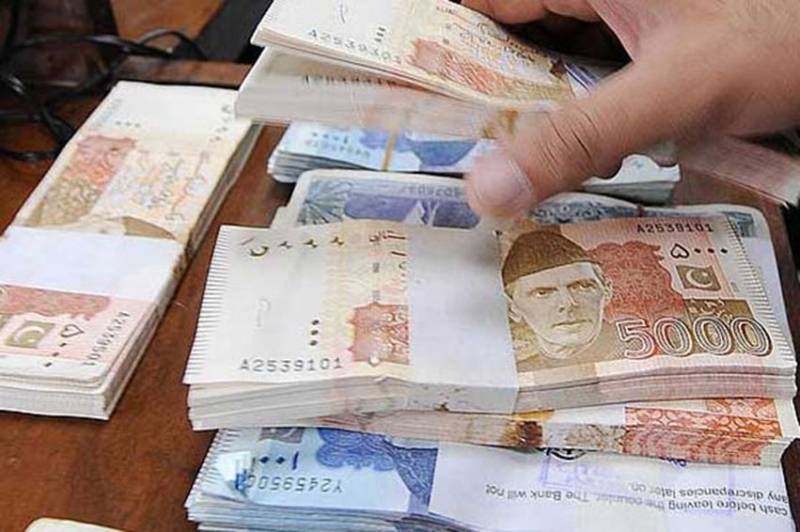The Pakistan Rupee, the official currency of the Islamic Republic of Pakistan, has undergone a complex journey marked by various economic, political, and global factors. Its trajectory reflects the nation’s economic history, from its early days of independence to the contemporary challenges it faces in the ever-changing global financial landscape. This comprehensive exploration will delve into the key aspects of the Pakistan Rupee, shedding light on its history, current status, and the challenges it encounters.
Historical Overview
The journey of the Pakistan Rupee commenced with the nation’s independence in 1947. Initially pegged to the British Pound, it later saw a shift towards the United States Dollar. Throughout the decades, the rupee has experienced fluctuations, influenced by global economic trends, political changes, and domestic economic policies.
Exchange Rate Regimes
This section examines the different exchange rate regimes Pakistan has adopted over the years. From fixed to floating rates, the country has experimented with various systems in an attempt to stabilize the rupee and boost economic growth. The impact of these regimes on the currency’s value and the economy at large will be explored.
Economic Factors Influencing the Rupee
Several economic factors play a pivotal role in shaping the value of the Pakistan Rupee. Macroeconomic indicators such as inflation, GDP growth, and trade balances significantly impact the currency’s strength. This section will analyze the intricate relationship between these economic variables and the rupee’s performance.
Political Interventions and their Effects
Political interventions have historically influenced the trajectory of the Pakistan Rupee. Governments have at times opted for policies that directly impact the currency, with consequences ranging from short-term stability to long-term challenges. This section will scrutinize the role of political decisions in shaping the rupee’s value.
External Debt and Balance of Payments
Pakistan’s reliance on external borrowing and its balance of payments situation contribute to the challenges faced by the rupee. This section will explore how these factors interact and impact the stability of the currency, with a focus on the strategies employed to manage external debt and trade imbalances.
Role of Central Bank
The State Bank of Pakistan plays a crucial role in managing the country’s currency. This section will delve into the functions and policies of the central bank, examining how its decisions impact the value of the rupee and its efforts to maintain stability in the foreign exchange market.
Global Economic Trends
The Pakistan Rupee is not immune to the broader shifts in the global economy. This section will analyze how international economic trends, such as changes in commodity prices and geopolitical events, affect the rupee’s value and the challenges they pose to the country’s monetary stability.
Technological Advancements in Finance
In the era of rapid technological advancement, financial markets are undergoing significant changes. This section will explore how innovations in financial technology, such as digital currencies and blockchain.
Future Prospects and Challenges
This section will discuss the potential future scenarios for the Pakistan Rupee. Examining ongoing challenges and emerging trends, it will provide insights into how the currency might evolve in the coming years.
Conclusion
the Pakistan Rupee’s journey has been marked by a complex interplay of historical, economic, and political factors. As the nation navigates the challenges of the contemporary global financial landscape, understanding the intricacies of the rupee’s evolution becomes paramount. Addressing these challenges will require a comprehensive and coordinated effort.
